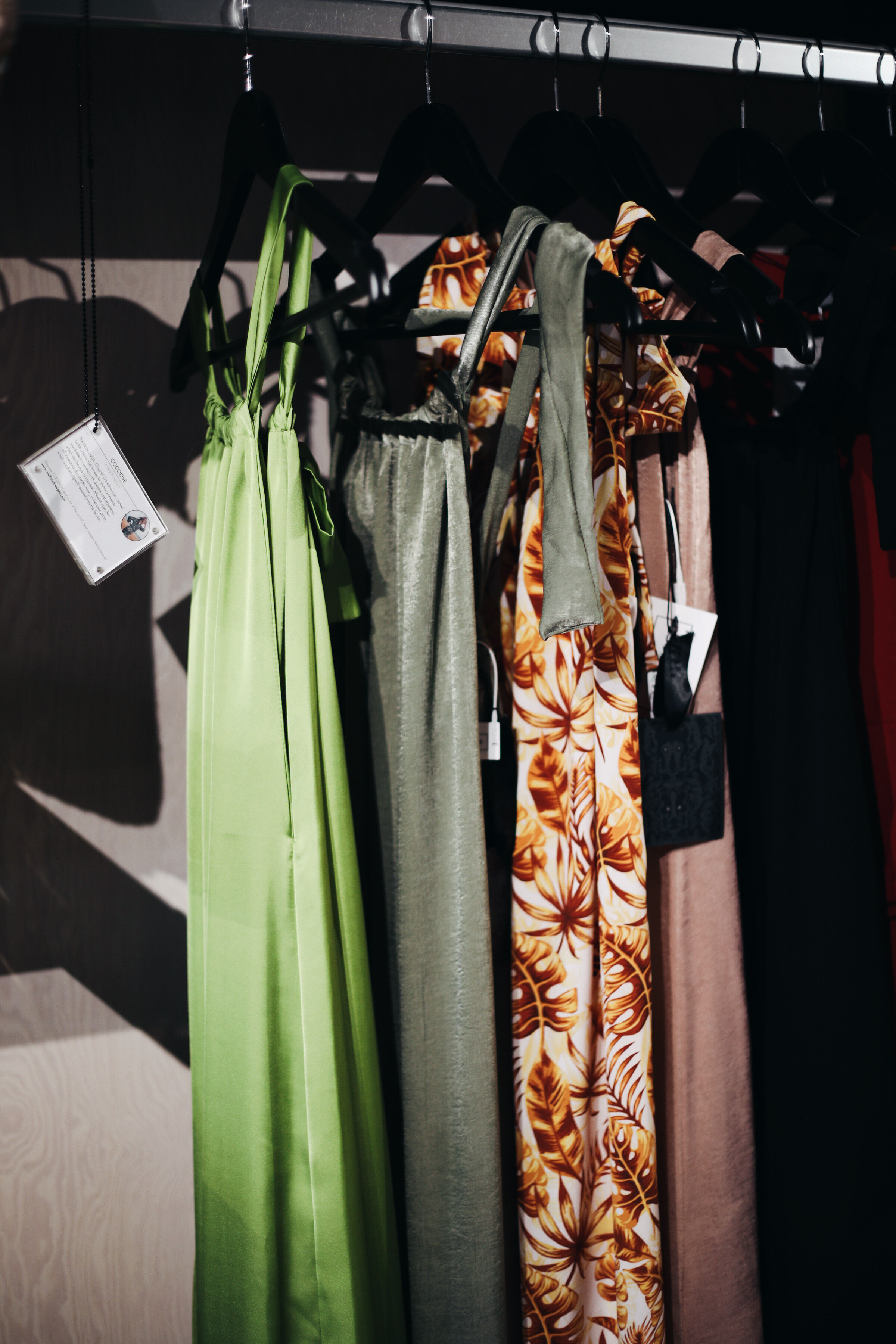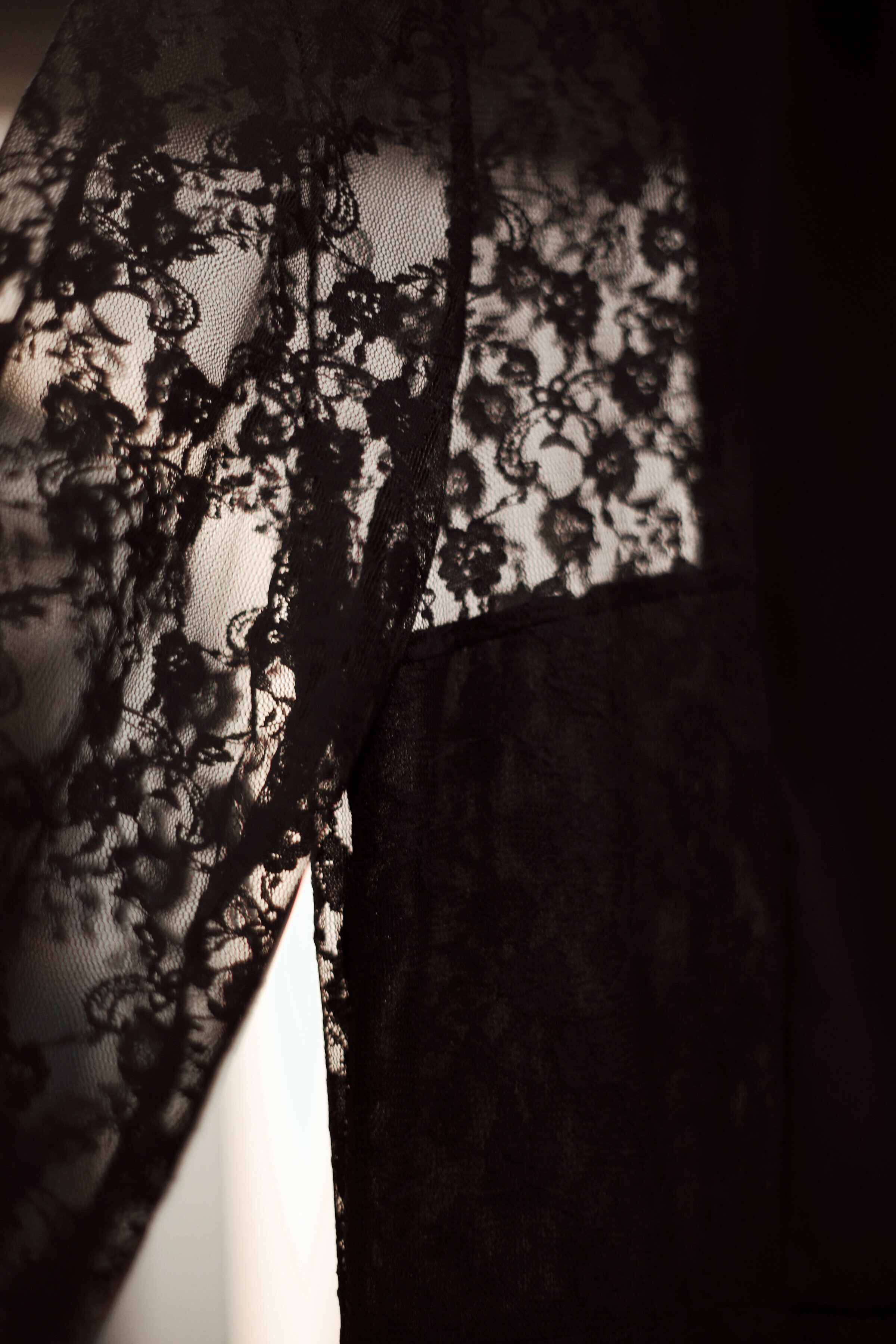Know your fashion fabrics
A Guide to cotton, wool, silk, polyester and viscose. Plus, the new sustainable and Eco fabrics we make your garments from. Not knowing the properties of different fabrics can make it hard to take those details into account when shopping online.



Getting to know a few of the more popular types of fabric can help you make educated choices. And you can care better for your clothes. There are many different kinds of fabrics especially when mixing and blending. I’m going to focus on the key/main fabrics.
Cotton, wool and silk (made with natural fibres). Polyester and viscose which are man-made fabrics (have synthetic fibres). And Tencel and Bamboo the new Eco fabrics.
Cotton
Cotton is soft and comfortable to wear. Its best property is its ability to breathe absorbing and releasing perspiration. It’s a high-quality fabric, which can withstand heat and last well. Unfortunately cotton wrinkles and you need to iron it more often.
How to wash: Cotton is low maintenance, you can wash in a washing machine and can iron with a hot iron.
We use mainly OEKO-TEX standard cotton. This certification means the cotton is free from harmful substances. We also use organic cotton for our prints.
Wool
Wool comes from a variety of animal coats. Wool fabrics are generally used for winter clothing. Not all wools are scratchy to wear. Cashmere is extremely soft to touch. Wool blends tend to be easier to care for. Wool is a luxury fabric. Its resilient and returns to its original condition after stretching or creasing. It is pretty resistant to dirt, wear and tear.
How to wash: Don’t wash wool to often! Washing wool too much can wear out the fabric. When you need to wash wool put it on a delicate setting and do not rub. Don't put wool in the dryer. Suiting and coats made from wool usually need dry cleaning.
Silk
A natural fabric made from the fibres of the cocoon of the Chinese silk-worm. Spun into a smooth shiny and sleek fabric. Silk absorbs moisture, which makes it cool in the summer. It has a high level of absorbency which means you can dye it in many different colours. Silk retains its shape, drapes well and is a luxury fabric.
How to wash: Silk is a delicate fabric and can be difficult to clean. It is better to Dry clean or hand wash in cool water with a mild detergent. Air dry flat.
Polyester
Polyester fabrics have a nice feel. It is strong and resistant to creasing, thus polyester garments keep their shape well. You will often find poly/cotton blends to help the cotton keep its shape and prevent from wrinkling.
How to wash: Polyester is machine washable. It usually does not need ironing, but you can use an iron on a low heat if need be. Do not use a hot setting as polyester can scorch.
Viscose/Rayon
Viscose fibre made from purified cellulose. Produced from processed wood pulp. Viscose is versatile and blends well with other fibres. It is easy to dye and retains vivid colours particularly well. Its known for its silk like lustre, appealing drape and softness. The down side of viscose is, it wrinkles.
How to wash: Machine wash on a gentle cycle or hand wash in cool water.
Tencel/Lyocell
Tencel is a brand name for a set of fibres called lyocell and modal. Known for feeling super soft and are widely used in sustainable fashion. It also uses wood from trees in sustainably-harvested forests. Tencel is soft, breathable, and less prone to wrinkles. If your garment wrinkles, steam by hovering your iron over the fabric is better than ironing. One of the new Eco and sustainable fabrics on the market. You can expect to see more garments in the Cocoove collections made in this fabric. What we love about the fabric are its luxurious feel and beautiful drape.
How to wash: Usually machine washable on a gentle cycle or hand wash in cool water. Always read the care label.
Bamboo
Bamboo is a renewable resource. After harvesting it continues to grow new shoots from its root system. Bamboo requires no chemicals or fertilisers to grow. Fabrics are made from the bamboo plant by crushing the plants into a pulp. Combing out the fibres and spinning them into a yarn. Thus, making Bamboo an eco and sustainable fabric. It is renewable and does not need chemicals in production. We have introduced new styles in Bamboo Jersey this year. We look forward to introducing more styles and colours to this beautiful fabric. The fabric is breathable has a beautiful drape. It feels very comfortable next to the skin and is machine washable on a gentle cycle.
Using a variety of fabrics for fashion garments. I like to work, with cotton prints and luxury fabrics with good drape. All garments will arrive with care advice and fabric composition.